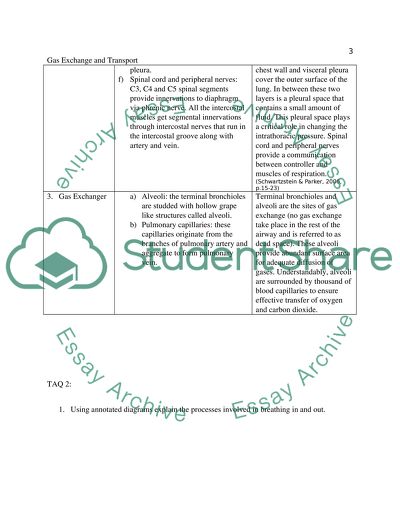Human Biological Systems, Gas Exchange & Transport Assignment. Retrieved from https://studentshare.org/biology/1458286-human-biological-systems-gas-exchange-transport
Human Biological Systems, Gas Exchange & Transport Assignment. https://studentshare.org/biology/1458286-human-biological-systems-gas-exchange-transport.


